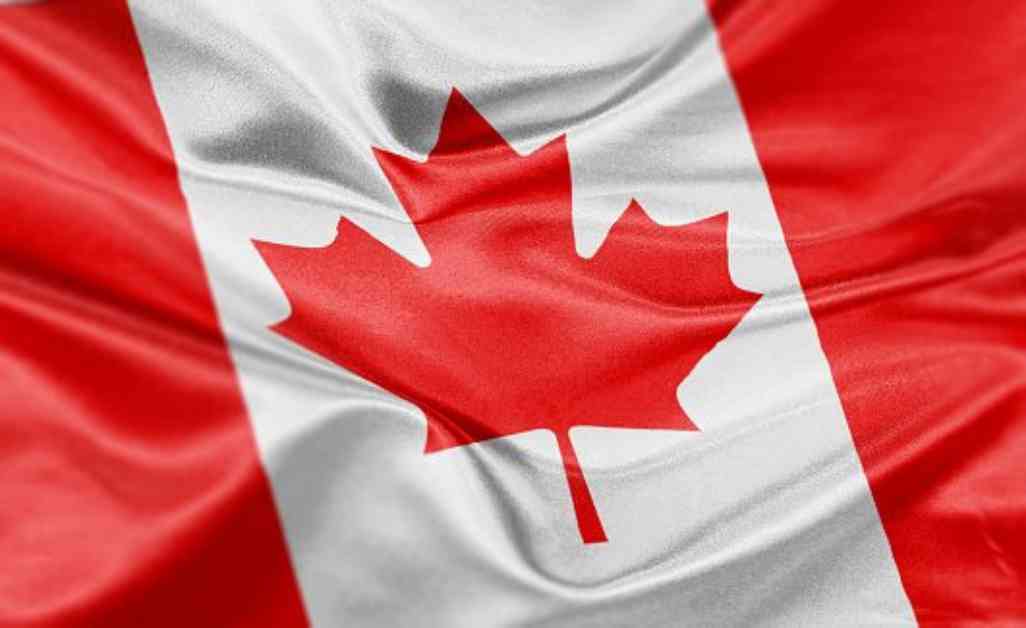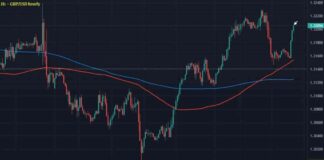Canada’s inflation picked up speed in October, reaching an annual rate of 2.0% year over year. This was slightly higher than the expected 1.9% and an improvement from September’s 1.6% year over year. The slower decrease in gasoline prices played a significant role in this increase, with prices dropping by 4.0% year over year, compared to a steeper 10.7% year over year decline in September. When excluding gasoline, the overall CPI held steady at a rate of 2.2% year over year, in line with the rates seen in August and September.
The prices of goods experienced a slight rebound, rising by 0.1% year over year after a 1.0% year over year decline in September. Meanwhile, services inflation eased to 3.6% year over year, marking the lowest increase since January 2022. On a monthly basis, the CPI increased by 0.4% month over month, reversing a similar decline from the previous month.
Core inflation measures also outperformed expectations. The CPI median rose from 2.3% year over year to 2.5% year over year, the CPI trimmed increased from 2.4% year over year to 2.6% year over year, and the CPI common went up from 2.1% year over year to 2.2% year over year. All three measures surpassed the consensus forecasts.
Overall, the latest data on Canada’s CPI indicates a rebound in inflation, driven by a slower decline in gasoline prices and a modest increase in goods prices. The moderation in services inflation suggests a more balanced inflationary pressure in the economy. The higher-than-expected core inflation measures may point towards potential future price pressures that could impact consumers and businesses alike.
It will be important to monitor how these inflation trends evolve in the coming months and how they may influence monetary policy decisions by the Bank of Canada. As inflation plays a crucial role in shaping economic conditions, policymakers will need to assess the data carefully to ensure a stable and sustainable economic environment for all Canadians.

















